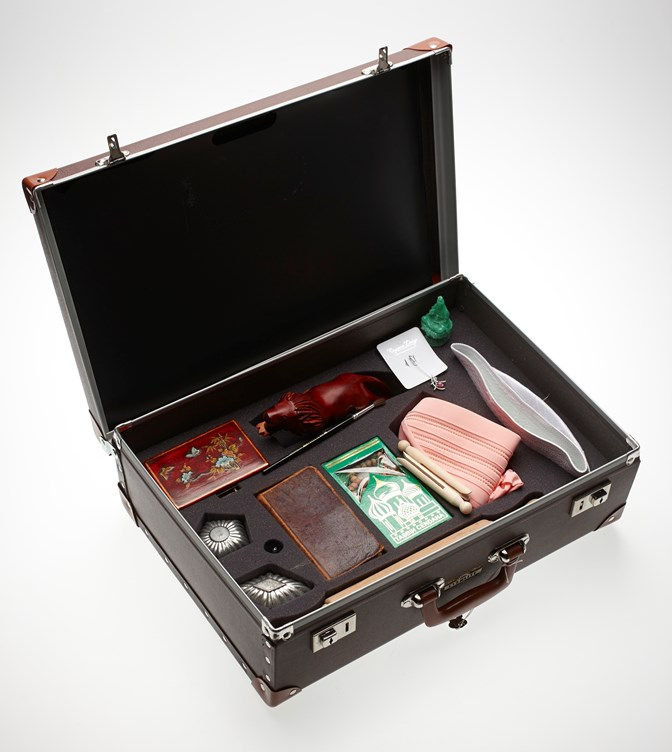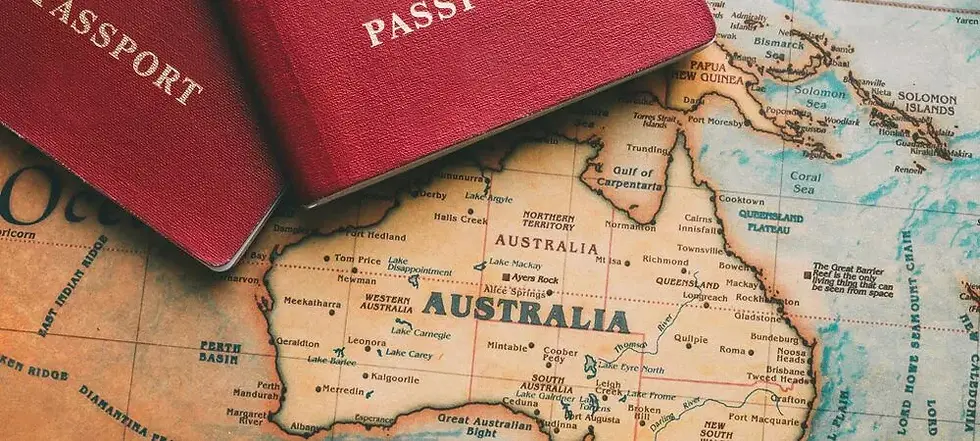Learning Experiences
- Rebecca Lin
- Oct 11, 2022
- 3 min read
Activity 1: What’s Your Story?
Introduction:
The aim of this experience is to help students to build knowledge on the definition of ‘migration’. Support them to identify their or their families’ identities, also demonstrate different cultures’ beliefs and values.
Step 1: Teacher will show the learning kit to the class and introduce the objects from the learning kit. Students will be divided into groups and choose one of the objects to take a photo of the object. They will use ICT to research the information and the stories about the object and present it to the class.
Some questions they need to consider:
What is the object, and what is it used for?
What is it made from? Is it animal, plant or mineral based?
Where might it have come from? Why do you think that?
How old is it? How could we find out?
Who does it belong to? What story can it tell? Do you or your family own something similar?
Why is it in the kit? Why is it important?
How much is it worth? How much would you pay for it? Why might an object be more valuable to one person than it is to another?
Step 2: After students represent what they have learnt from the research, 5 stories will give them more ideas. they will read the five individual migration stories featured in the What's your story? learning kit.
Step 3: Students will be asked to select an object that means something to them or their families, and share the story of the object to the class. Clear steps and descriptions are in the website, including the questions about the story sharing.
Step 4: The last thing is to keep all they learnt into a memory. They will be asked to take a photo of their presented objects, and put them together to make a big poster or hang the photos on the class wall.
Words count: 328

Activity 2: Australian Immigration Timeline.
Introduction: This activity will support students to explore Australian immigration history. Students will learn about the key events from the Australian immigration timeline, and demonstrate the difference between that time to the present day.
Step 1:
Students will read through the website, extend their knowledge on Australian immigration history, and choose a time period or an event they want to focus on.
Students will be divided into groups and research on that particular time period they have chosen. They will be encouraged to make a group poster by using their research.
Before they start to do their research and poster, they will be encouraged to watch a video about the Australian immigration timeline. The video should be paused or slow down for the students.
An effective handbook about Australian immigration will be shared with students to read and use for their poster
They will represent their posters of Australian immigration timeline to the class.
Step 2:
Now, students can do some reflection on what they have learnt in this learning experience.
Here are two topics and they can choose one of these three topics:
Write a letter to someone that you have learnt from an event of the Australian immigration timeline.
Write a summary of one time period of the Australian immigration timeline that attract you most, you need to explain why this period attracts you and what you have learnt from this time period
White a summary of what has changed to Australia by the immigration history.
Words count: 278






Comments